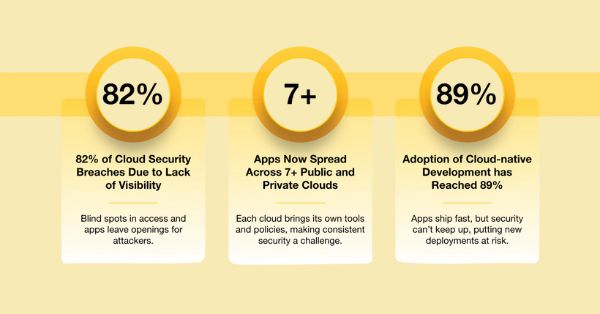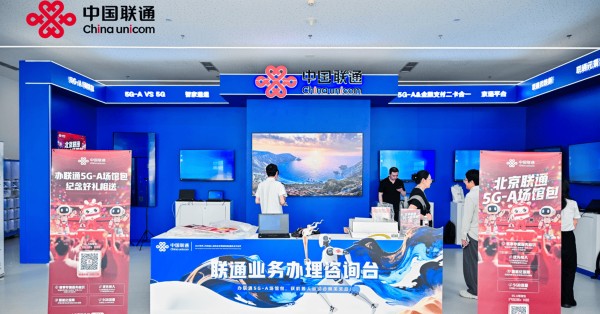With a subscriber base of 1.2 billion, India’s telecom sector is undergoing transformative growth, driven by the rapid expansion of 5G services and the integration of Artificial Intelligence (AI) technologies. As of October 2024, monthly wireless data usage has surged to an average of 21.30 GB per user, reflecting the increasing digital engagement across the country.
India’s 5G Growth Reaches 125 Million Users and Counting
The Cellular Operators Association of India (COAI) reports that over 460,592 5G BTS (Base Transceiver Station) sites have been deployed nationwide, pushing the number of 5G users past 125 million. This figure is projected to reach 350 million by 2026, making India one of the largest 5G markets globally.
A standout driver of this growth is the rapid adoption of Fixed Wireless Access (FWA), a key 5G use case, which surpassed 3 million connections within a year. FWA has proven instrumental in providing high-speed internet access in underserved and remote regions, bridging the digital divide.
How AI Is Transforming India’s Telecom Industry
The integration of AI is reshaping the telecom landscape, with 55% of Technology, Media, and Telecommunications (TMT) companies in India fully adopting AI technologies, and an additional 37% in the scaling phase, according to KPMG India. AI-powered solutions are enhancing network optimization, predictive maintenance, and customer service efficiency, contributing to improved user experiences.
AI is also playing a critical role in combating spam and managing network resources. Telecom operators are leveraging AI to comply with TRAI’s directives on Unsolicited Commercial Communication (UCC), while also advocating for extending these regulations to OTT platforms to address nuisance calls and messages comprehensively.
Bharat 6G Vision: India’s Roadmap to Next-Gen Telecom
The government’s Bharat 6G Vision initiative aims to position India as a global leader in next-generation communication technologies. The plan includes securing 10% of global 6G patents and fostering research through funding for advanced testbeds and ecosystem acceleration projects. This initiative is expected to propel India into the forefront of global telecom innovation, paving the way for technologies like direct-to-device connectivity and holographic communication.
Key Challenges Facing India’s Telecom Growth
Despite these advancements, the Indian telecom sector faces significant challenges. Among the key hurdles:
- Large Traffic Generators (LTGs): LTGs burden telecom networks, forcing operators to invest ₹10,000 crore in 2023 to manage traffic. Additionally, the lack of LTG contributions has resulted in ₹800 crore in lost Adjusted Gross Revenue (AGR) dues and taxes.
- Regulatory Disparities: Unregulated OTT communication platforms create an uneven playing field for Telecom Service Providers (TSPs), who must adhere to stringent security norms. COAI has called for implementing traceability and privacy rules for OTT services to ensure fairness.
- Spectrum Allocation Issues: The 6 GHz spectrum band, crucial for 5G growth, requires urgent allocation to mobile networks. Unauthorized Wi-Fi 6E routers, sold online, also pose risks of interference that need immediate attention.
- Infrastructure and RoW Challenges: Limitations in infrastructure, Right of Way (RoW) issues, and spectrum interference continue to delay network rollouts. Proposed Quality of Service (QoS) norms have drawn criticism from TSPs, who view them as impractical.
How Policy Reforms Are Supporting Telecom Innovation
Recent government initiatives have provided much-needed relief to the sector. The abolition of the Wireless Operating License (WOL) and the removal of bank guarantee requirements for deferred spectrum payments have eased financial burdens. Additionally, the Supreme Court’s ruling on tax credits for telecom tower components has further supported the sector’s growth.
COAI has also urged transparent spectrum auctions to integrate Direct-to-Mobile (D2M) communication with telecom networks while opposing the creation of standalone broadcasting networks, which could fragment the ecosystem.
India’s Telecom Sector: Boosting Economy and Connectivity
The Indian telecom sector plays a critical role in the country’s economy, contributing significantly to GDP and providing employment to over 4 million people. By driving innovations in AI and 6G, the sector is well-positioned to support economic growth, enable digital transformation, and enhance connectivity across urban and rural areas.
Future of India’s Telecom: AI, 6G, and Innovation
As India continues to scale its 5G deployment and integrate AI-driven solutions, the sector’s focus is expanding toward 6G and emerging technologies. The convergence of terrestrial and satellite communication systems, fueled by initiatives like Bharat 6G Vision, promises to transform industries, including healthcare, agriculture, and education, while also enhancing emergency response systems and disaster management.
With a robust roadmap and increasing investments in innovation, India’s telecom industry is set to play a pivotal role in shaping the future of global connectivity. However, addressing regulatory challenges, spectrum allocation issues, and infrastructure bottlenecks will be critical to sustaining this growth and achieving its full potential.































